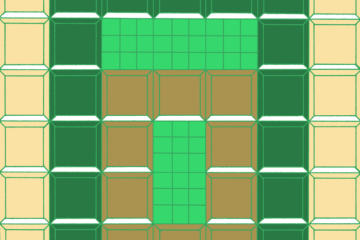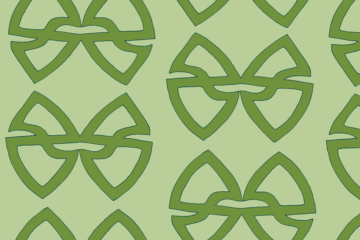Standard Deviation and How it Can Help Market Your Designs
 In design, think of your art and the surface you’d like it to cover as a relationship. If there were a mathematical formula that predicted the success of that relationship, you might just be interested, right? In probability theory, the practice of identifying a standard deviation between relationships can be used to create modelling. Models are used to predict behavior between similar relationships.
In design, think of your art and the surface you’d like it to cover as a relationship. If there were a mathematical formula that predicted the success of that relationship, you might just be interested, right? In probability theory, the practice of identifying a standard deviation between relationships can be used to create modelling. Models are used to predict behavior between similar relationships.
In a sense, there is a formula out there that can help you match a design with a product and it is called standard deviation. This measures the amount of variation, or deviation, between like objects. For example, if your goal is to cover tissue boxes with your artwork, then examining a representative sample (aka looking at a lot) of tissue boxes will give you data. Let’s say that 40% of the boxes are covered in flowers, but 30% are covered in geometric, abstract patterns, and the rest all vary. You’d probably be inclined to draw more flowers, right? Not necessarily.
With standard deviation, the question is how wide is the bell curve, or, rather, how much room for deviation is there in the world of tissue box design? In this example, 30% of tissue boxes are up for grabs. That’s a pretty wide bell curve!! You are equally likely to do well with a geometric, abstract pattern as you are with a non-flower, non-geometric, abstract pattern. Therefore, you would actually do better NOT to draw flowers because you have a 60% chance of getting on a tissue box.
Let’s look at the math. . . We’re saying only 70% can be defined in our sample, and that leaves 30% as outliers. If we did the standard deviation formula (which is fairly easy in excel when “=STDEV(insertcellnumbershere)” is typed into the formula bar), we would identify that plus or minus 5 is our variation. Thus, our bell curve goes on for 5 places on either side of the center and that’s a lot of deviation.

